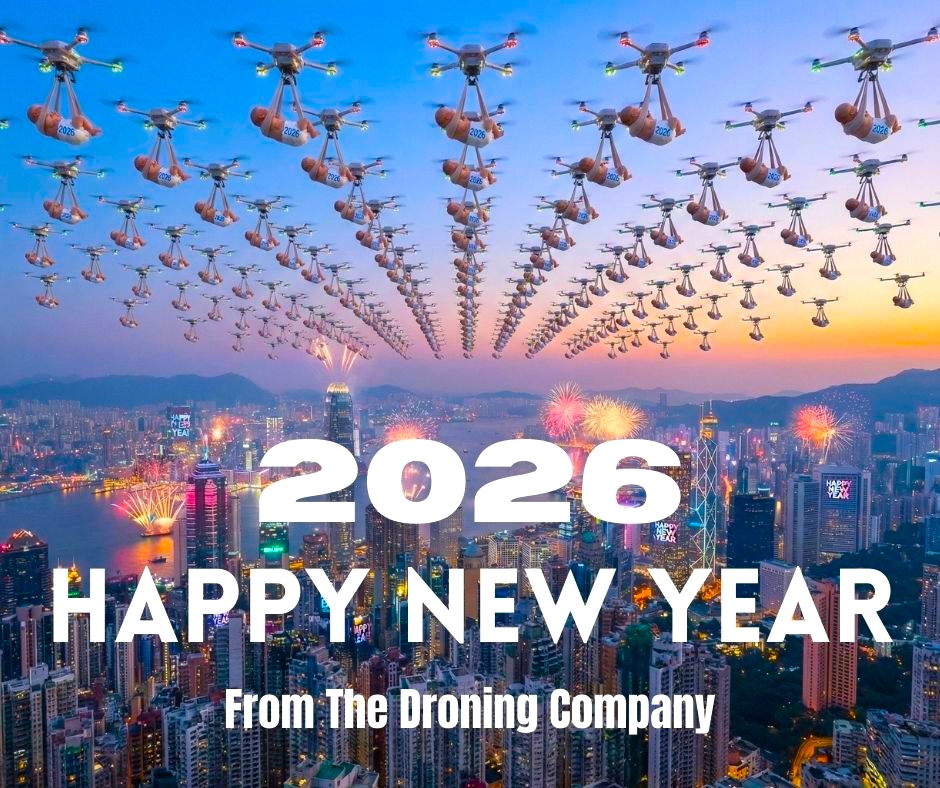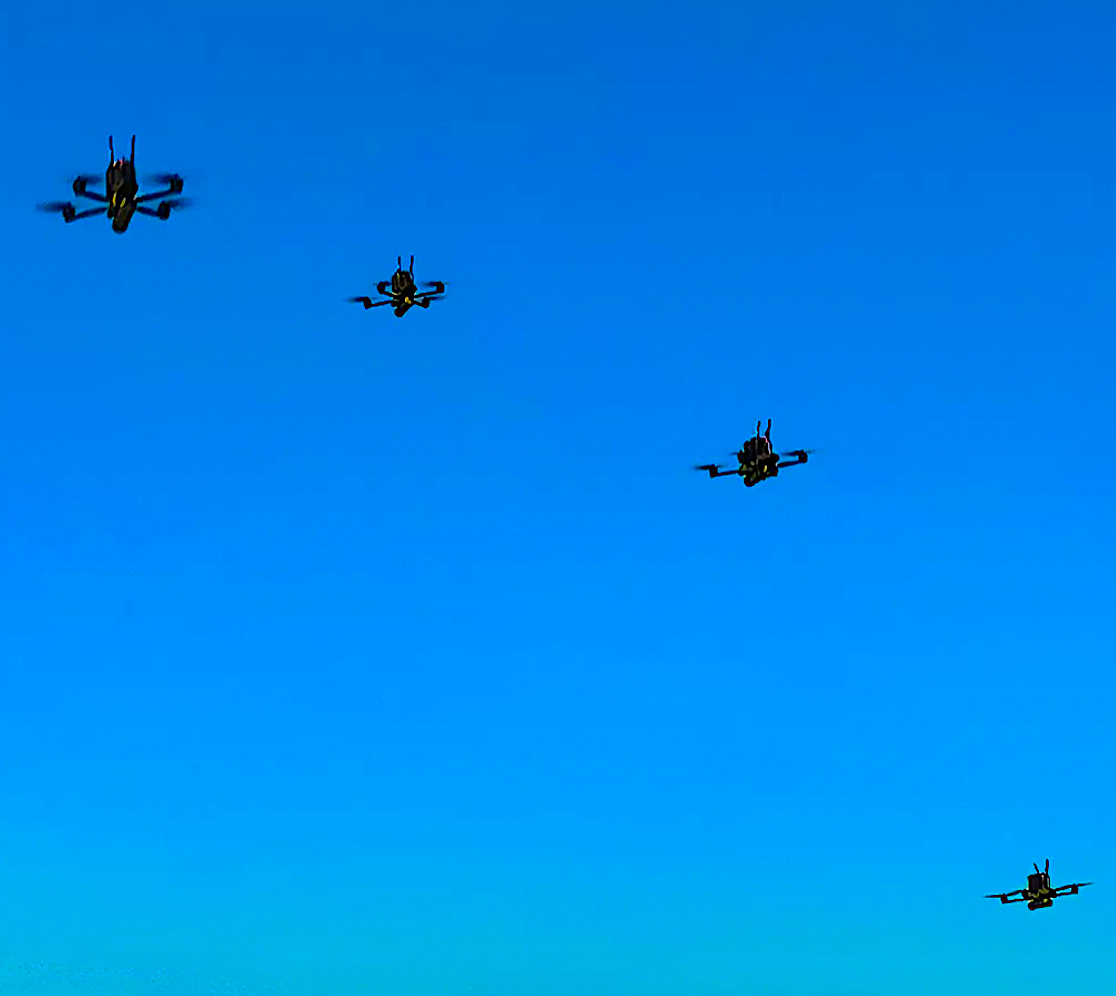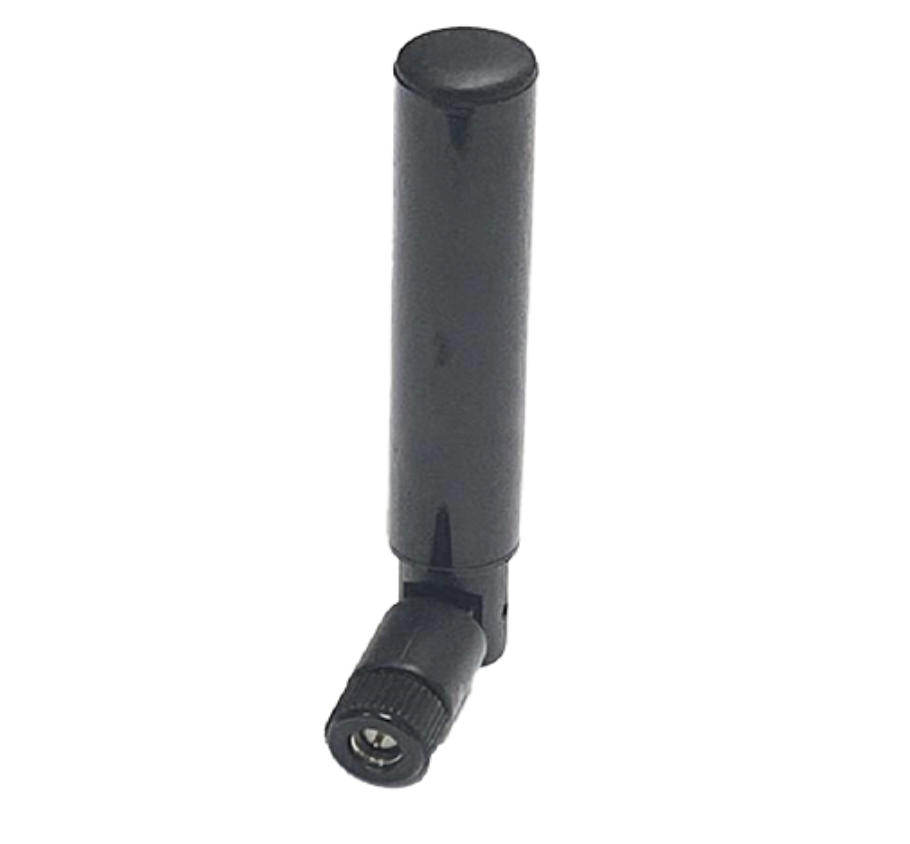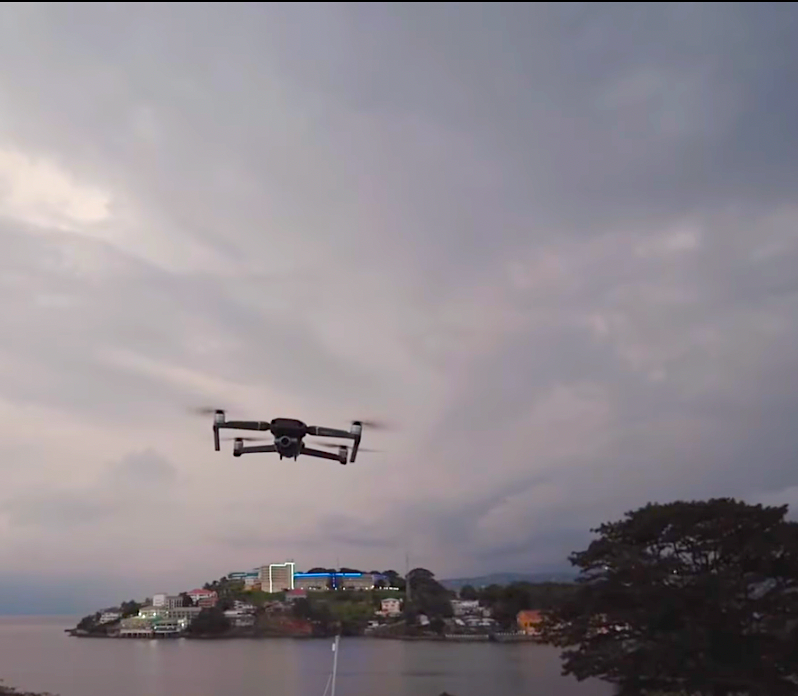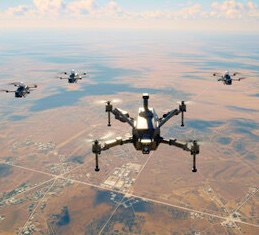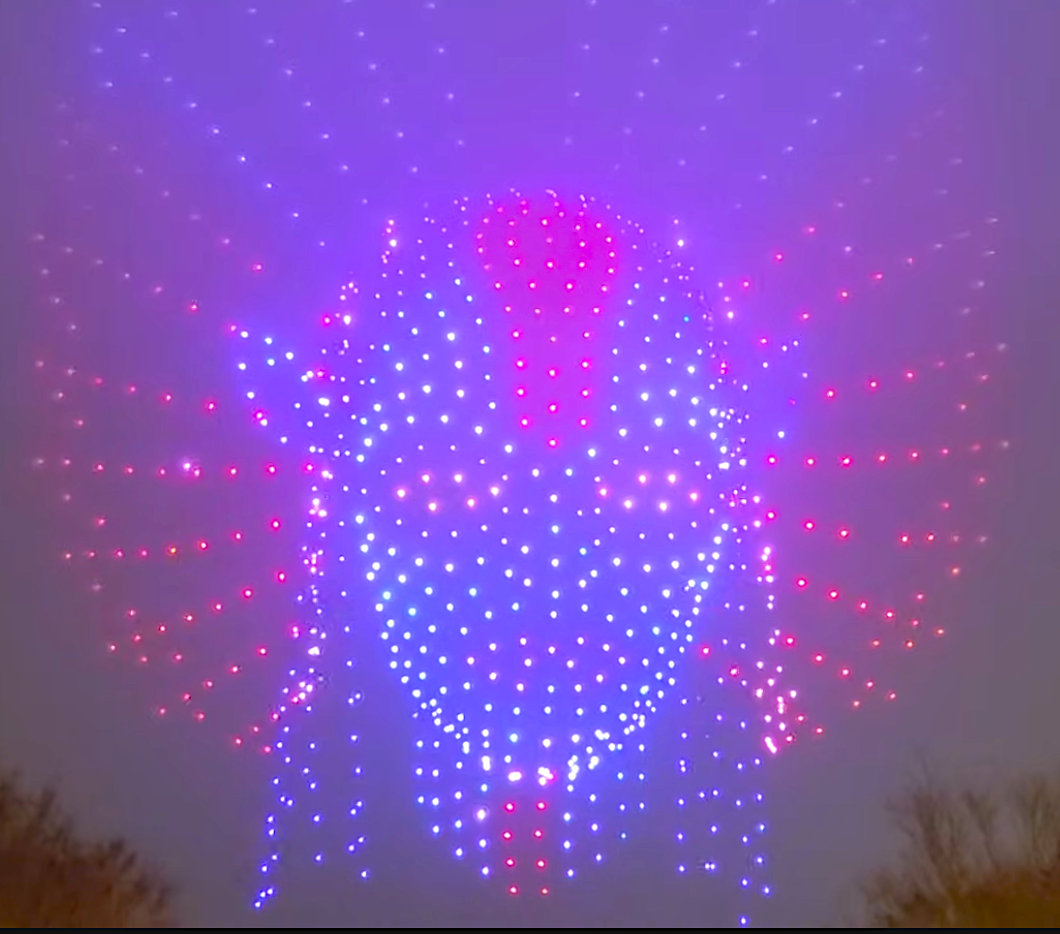Featured NewsTrending NewsMilitaryDrones May Put "Maverick" Out of a Job
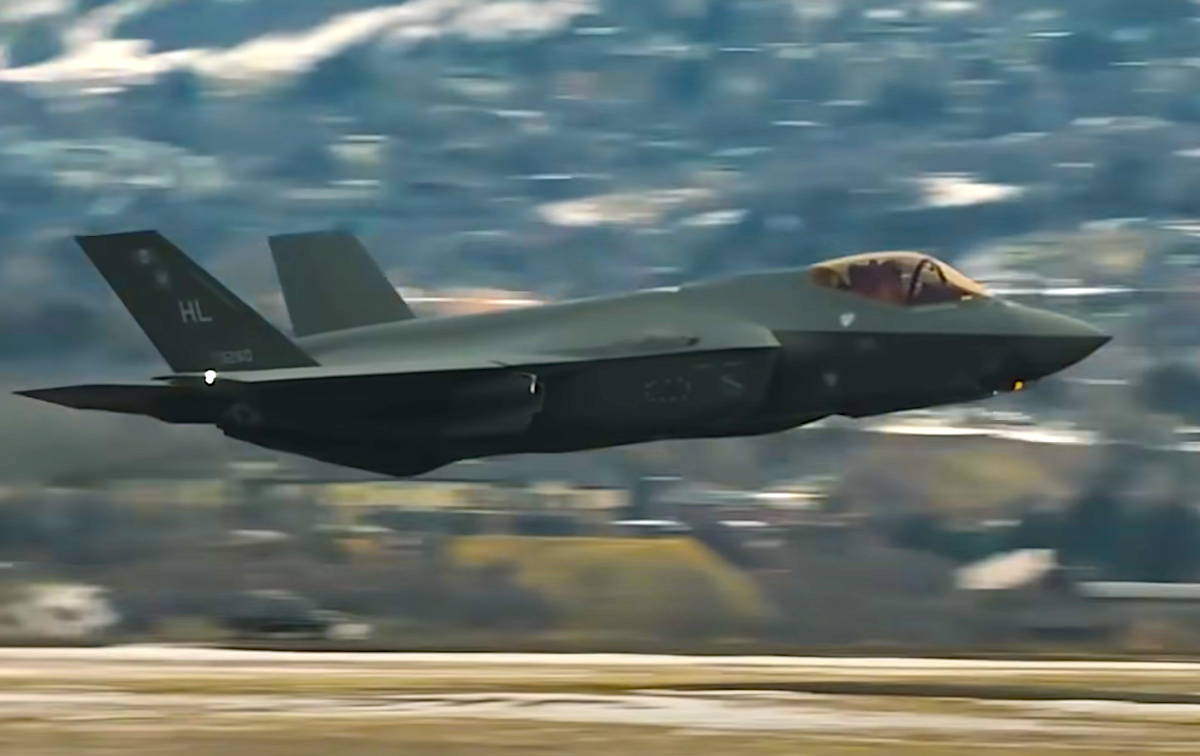
It's probably not the Top Gun that today's fighter pilots—or cinema audiences—want to see. But there may be a day on the horizon when human-piloted combat jets are relegated to macho memories as AI-controlled drones get into the fight.
The scenario was even hinted at in the worldwide smash hit Top Gun: Maverick, when Tom Cruise's character learns the secret hypersonic fighter he's testing is being terminated so the project funding can be transferred to a pilotless drone program.
Truth be told, although today's jet-fighter pilots are ironclad tough with speed-of-sound reflexes and deep tech savvy, the glory days of WWI aces doing battle in flimsy wooden crates and WWII flyboys pushing the envelope of tactical strategies have already been confined to history books by technological advances. After all, the Red Baron (Germany's Manfred von Richthofen) charted 80 kills before he was shot down and killed in 1918. Another German aviator, Erich Hartmann, was responsible for an astounding 352 victories for the Luftwaffe between 1940 and 1945.
However, there has not been a U.S. ace since the Vietnam War, when Capt. Steve Ritchie scored five victories. The closest any American pilot has gotten since that conflict is three victories.
And now, drones may exit humans from the field.
Unless we start giving drones "names," the era of the fighter ace appears to be done and dusted.
“A lot of people talk about the way of the future, and possibly taking the pilot out of the aircraft," says 1st Lt. Walker Gall—an F-35 pilot with the U.S. 48th Fighter Wing based at RAF Lakenheath in England. “That’s definitely not something any of us look forward to. I’d like to keep my job as long as possible, but it’s hard to argue with newer and newer technology. And if that’s the way of the future, that’s what it is. I’m just here to enjoy it while I can.”
The future for fighter pilots was perhaps clarified this week at the Farnborough International Airshow near London—one of the world’s largest aviation, defense, and aerospace expos. Defense contractors outlined how artificial intelligence and other technologies will be used in the newest warplanes. Drones have already been deployed extensively during Russia's invasion of Ukraine—as well as in other conflicts—and UAVs are definitely safer and less expensive than aircraft requiring human pilots
Is it really "game over" for fighter pilots?
The experts present at Farnborough seem to believe the future of air warfare is a collaboration between manned and unmanned aircraft.
"Fighter pilots may have a drone aircraft under their control and flying as a loyal wingman,” says Jon Norman, a vice president at Raytheon Technologies Corp.'s missile and defense business.
Norman is a retired U.S. Air Force pilot, and he hated that ground-controlled drone would get in his way when he was flying jet fighters. But now, he acknowledges that communications have advanced to the point where human pilots, drones, and other aircraft can talk to each other and work together.
Technology will continue to have a large role in the cockpits of the future, as AI can analyze tons of data from sensors placed on planes, drones, the ground, and missiles to provide commanders back at headquarters a better sense of the battlefield. In fact, technology has already removed the need for a second person to sit in the backseat of a jet to work the radar. If the original Top Gun was being filmed today, Goose—Maverick's radar operation—would be out of a job. Of course, that also means he wouldn't die in the fictional first film, and his non-death would change the narrative trajectory of this year's Top Gun: Maverick. But let's not get into the clouds of cinematic culture here...
There has been speculation that the Lockheed Martin F-35 fighter—which went into operation in 2015—would be the last manned fighter jet. But while the next generation of fighter jets entering the concept stages do offer even more high-tech advances—including pilotless versions— the timeline estimate is that they won't start production before the next decade at the earliest.
That said, the U.S. Pentagon's Air Combat Evolution program is already at work designing a plane that uses AI to fly itself in a dogfight. The ACE has already completed a live simulation against a human pilot, and researchers plan to carry out live dogfights with AI-enabled planes by 2024.
“I don’t think we’ll be at the stage of not needing fighter pilots for a few decades yet,” said Gareth Jennings, aviation editor at defense intelligence provider, Janes. "Unmanned technology and the public willingness to accept not having a human in the loop are just not there, and won’t be for at least another 30 years or so."
Hmmm. We'll see...
